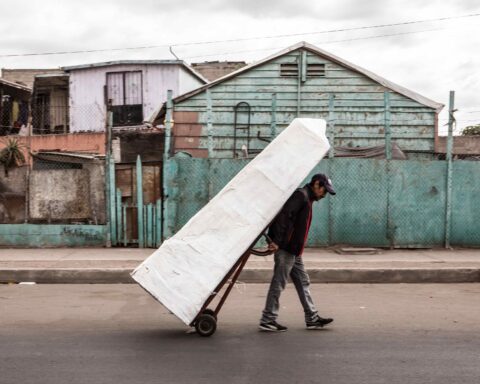Matteo De Nando (1995) is an emerging artist based in Milan who studied painting at the Brera Academy of Fine Arts in Milan, where he graduated in 2020. In 2018, together with Ivan Grianti and Vieri Dalla Chiesa, De Nando started working on the photographic project Tourism, published by Fuzaostudio. The following year, De Nando self-published the photographic project Flesh with Giulia Papetti.
In 2020, Matteo De Nando founded Crates, a project that offers logistical solutions mainly for the art sector, from transport to exhibition set-up and photography.
In November 2021, in the context of Walk-In Studio festival in Milan, Matteo De Nando presented Supporters, a new exhibition format built on the collaboration with a selection of artists directly invited by De Nando.
Supporters has been proposed again from March to September 2022 at Zazà Ramen, a Japanese restaurant in Milan founded by Dutch chef Brendan Becht, and then in October 2022 at ArtVerona in the booth of co_atto, a project space founded by Stefano Bertolini, Ludovico Da Prato and Marta Orsola Sironi.
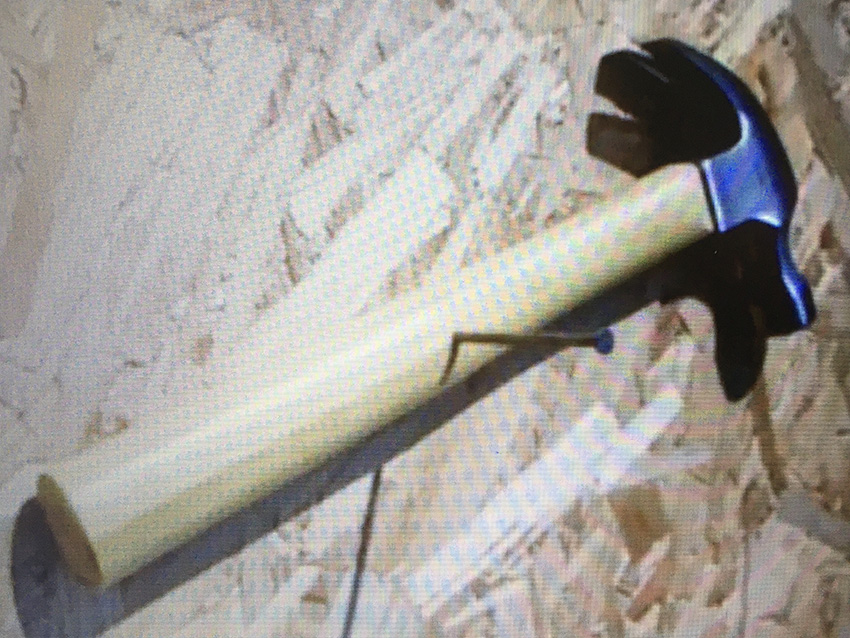
Eva Adduci: In the past few years, your artistic research has evolved significantly and your role within the art system even more so. How would you frame or define your artistic role today?
Matteo De Nando: I like the idea of being an oblique artist who combines figurative and conceptual. I believe that such an approach responds to a key need of our time, the art public needs a storyteller who welcomes this demand with spontaneity.
Moreover, through the experience of Crates, I developed a strong attitude to project management, something that has affected my relationship with the art system. Switching the focus of my activities from creating the artwork itself to the material tasks behind the exhibitions’ set-up allowed me to create a direct contact with art galleries and to analyse the art system from closer distance. My role became that of mediator and facilitator between the different parties: as opposed to acting individually, which easily leads to difficulties, I understood the power of effective teamwork and of making experiences through common knowledge. I also grew my expertise with materials, their processing and conservation.
E.A.: Crates represents a kind of parallel path to your artistic research. Although the logistical, organisational, photographic and relational dimensions typical of Crates might appear distant from art when defined in strict terms, looking at your works the two realities appear to add up to each other and hybridise. An example is the exhibition project paradise is exactly like where you are right now only much, much better in Genoa, to which you contributed both as artist and as Crates.
M.D.N.: My research is a continuous fluctuation between different dimensions that become complementary, exactly as this image tells. I consider myself a person with a talent for logistics and a passion for art. Making art is a way to discover ourselves. Nail and hammer, art and logistics, are not misaligned, but in perfect balance.
E.A.: In your pictorial and photographic works you often refer to the contemporary world of consumer society and today’s art system as bulimic and superficial. How do you cohabit with these systemic realities and represent them in your works?
M.D.N.: Despite all the negatives that came with the pandemic, from my personal perspective, the year 2020 has been a turning point: since then, I changed the viewpoint from which I was looking at things. It originated in me an impelling need to re-establish a relationship of concreteness with the world and to re-introduce myself within the flow of the art system, which the pandemic had been brutally interrupted for a while. I let myself be completely carried away, without surrendering to the anxiety of performance and the need for “hyper-presence” that usually animates this context.
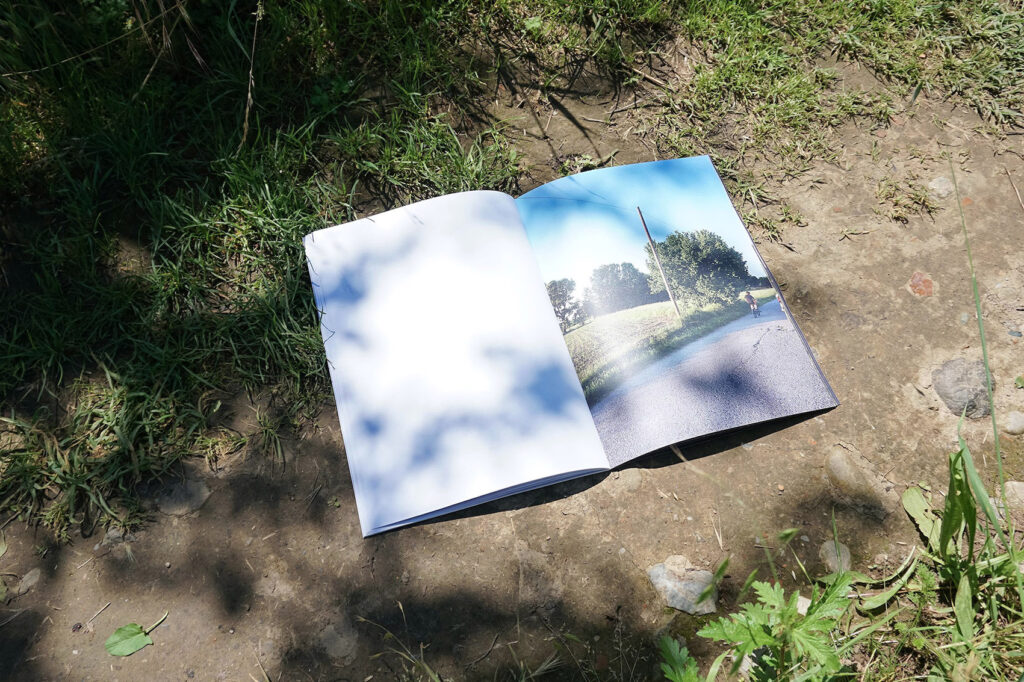
Elements of my daily life have been poured into the personal and daily realities of others, through glimpses of human presence perceivable but off-screen. I always try to portray social contexts by highlighting their short circuits: this is the lens through which the ongoing Atlas series speaks of the bulimia of the contemporary, starting from the incessant thirst that the current generation has for images. This goal is shared with the work Offline, part of the series of paintings Decameretta, which originated from my personal dimension during the lockdown, when I used to paint in the basement of my house where the phone had no signal. With this painting I wanted to display a break of the flow, giving space to the materiality of the smartphone as an object, as opposed to its digital dimension. I consider that despite the radical changes of the recent years, the topic of hyper-productivity and hyper-presence has returned to be central. My works aim to increasing the awareness of the perplexities and short circuits that come with this.
E.A.: I understand that your research has been significantly influenced by the pandemic and the lockdown.
M.D.N.: I had developed a physical illness partly derived from the anxiety of public relations and Covid made a clean sweep of it, bringing the system back to zero, and allowing me to focus on concreteness and everyday life.
Along that period I was working on Decameretta, a small size painting series. For example Young Newman deals with the theme of the ephemeral that the pandemic has made us rediscover. The idea originated by the action of scrolling through two apps I have on my phone, Whatsapp and Instagram: I isolated their graphics from the actual content and created an abstract work, a pathetic tribute to Barnett Newman. The title of the work derives from one of the nicknames typical of the trap language. The title also alludes to a veiled hope for a future “New Man”.
NORM, another project born during the pandemic, aspires to be a manifesto of normality. The work is composed of around twenty photographic images taken during some of my walks around my neighbourhood. The main message is an invite to enjoy and question the slowing down of time and tranquility. This is a daily exercise which through method and discipline allows us to escape from our mental cages.
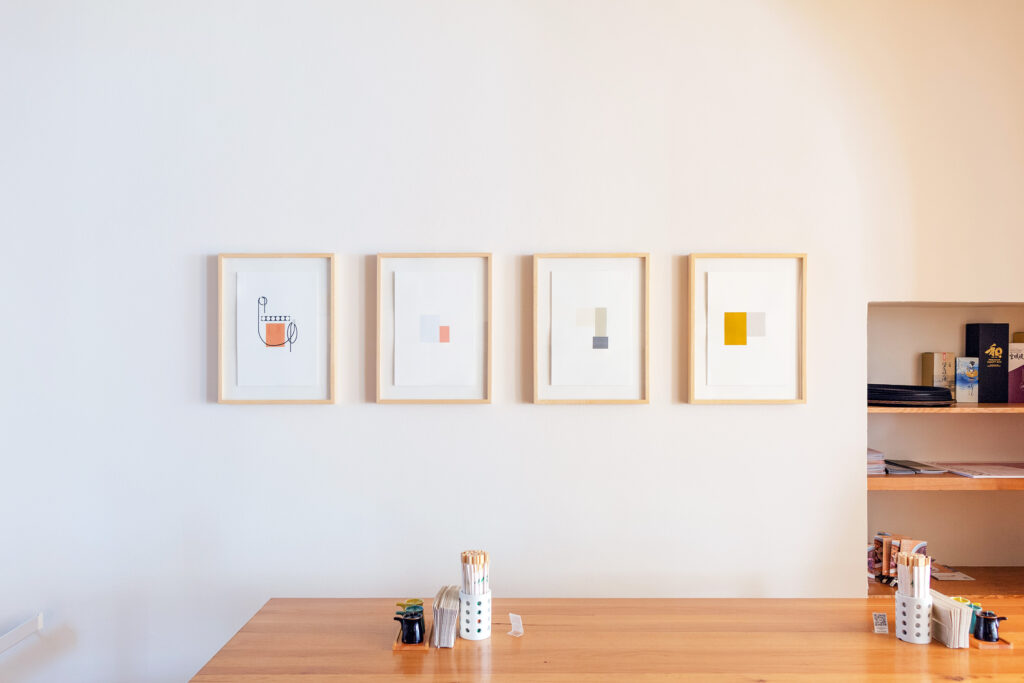
Installation view at Zazà Ramen, Milan. Courtesy the artist. Photo credit Crates
E.A.: Returning to the theme of contemporary bulimia – the project Supporters represents a concrete alternative to the dominant artistic and commercial system. The exhibition format is in itself very interesting, both for the format itself and the dynamics it activates, such as the dialogue that is created as part of the project through convivial moments.
M.D.N.: Supporters create a continuous osmosis between the parties involved. I took a step back, put myself in the foreground and swept away the artist-centric approach in favour of the celebration of the community that surrounds the artist itself. This community includes the people I had worked with and thus my vision is influenced by. The project enhances the role of the community also from an economic point of view as the artworks that make the installation up are in close dialogue with each other and could only be sold together.
My artistic contribution to the exhibition has often been misinterpreted, as I have been repeatedly mistaken for the curator of the exhibition, a role actually played by Marta Orsola Sironi. This was not unexpected, as Supporters is obviously an unusual format, capable of confusing the roles of the conventional art system. This project takes a lot from Crates, precisely because it puts me at service of the other artists who are part of the exhibition.
Supporters has never been limited to the verticality of the works displayed, but has always found its true nature in the horizontality of the contact, dialogue and conviviality that it creates, for example around a table for a dinner, as was the case at Zazà Ramen, or sitting in a designed lounge room as in the co_atto’s booth at ArtVerona.
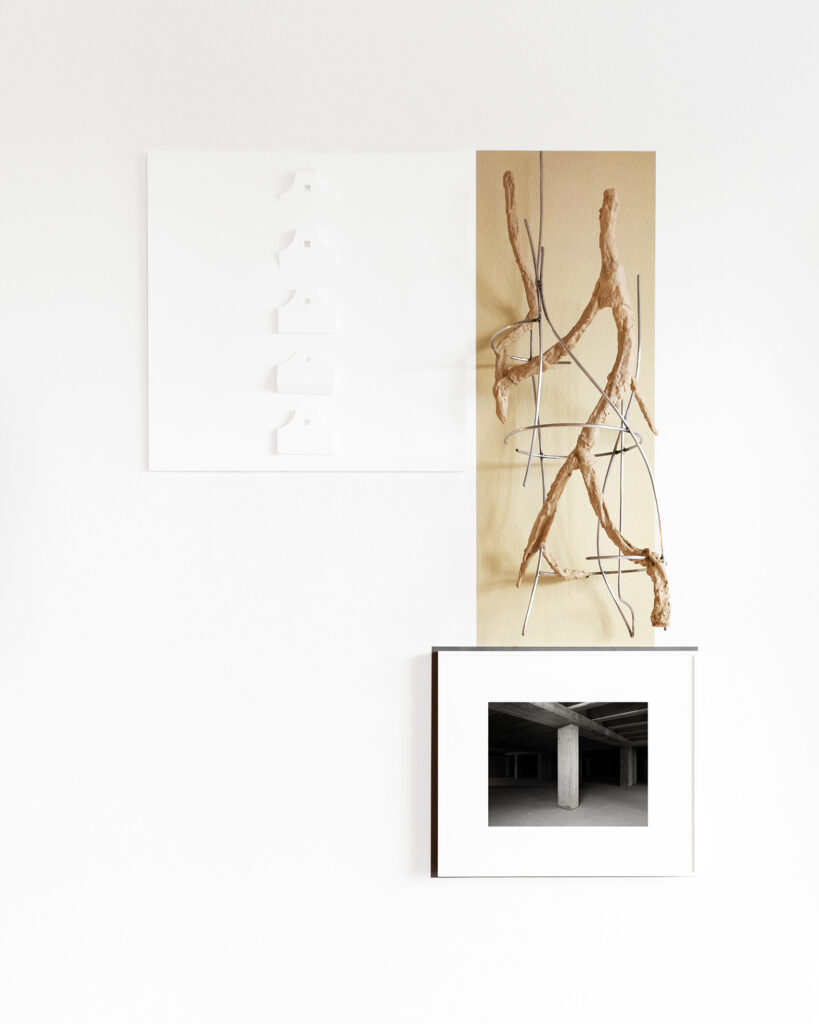
Supporters exhibition at Zazà Ramen, Curated by Marta Orsola Sironi. Milan, 2022 Photo credit Crates
E.A.: Although being animated by a conceptual and metalinguistic attitude, your works (e.g. Decameretta and Atlas) also speak a lot about you, as if they were self-portraits. This is not so common in the case of most conceptual works, which often tend to deny the experience and most intimate presence of those who made them.
M.D.N.: I have always tried to reflect myself in my works as if they were self-portraits. For example, Autoritratto (Self-Portrait) stems from the need to immerse myself in the material and manual creative gestures, enhancing the effort that is inherent in manual skills.
Although evoking rarefaction, I see this work as totally figurative and coming from the encounter with material painting: it is a methodical work, which calls upon the decorative, as well as personal and intimate dimension of a portrait. On the one hand, my own face is almost suffocated by plastic, on the other hand, the materiality of the painting recalls the consistency of the skin with an odd chewing gum colour.
I always try to make my works attractive at first glance and stimulate only later a reflection that goes beyond the first impact. This holds true also in the case of Autoritratto, which looks attractive at first glance, but with a closer look it hides a lot of friction and some oddities.
E.A.: Your works seem also to incorporate the desire to archive the reality that surrounds you in a continuous and latent tension between eros and thanathos. Can friction and archiving be defined as two complementary processes in your research?
M.D.N.: Still life reflects in literal terms this idea of friction and archiving: it is the first work of the Decameretta series and I made it at the very beginning of the lockdown period. This work represents an empty archive, enhancing its nature of physical place but also the action of archiving. The folder is a fetish, a stand-alone object while the painting is dense and pasty.
There is so much of me also in this empty folder: a reference to the professional dimension, but also to the tools I use in my research. The idea of friction emerges from the investigation I try to propose on the act of archiving, and on the idea of collecting and collections.
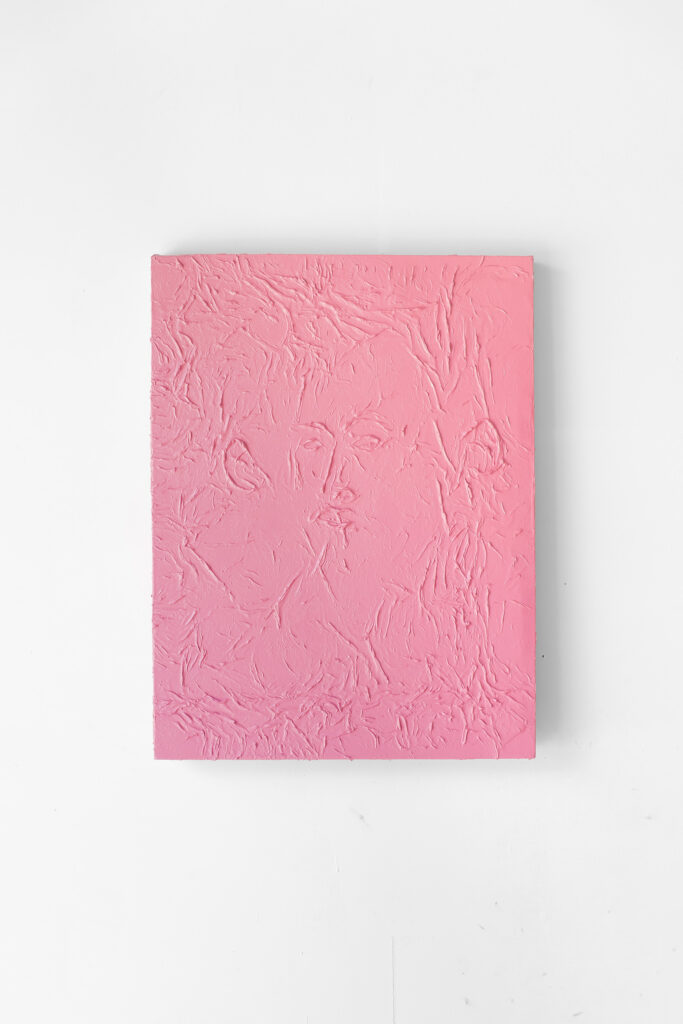

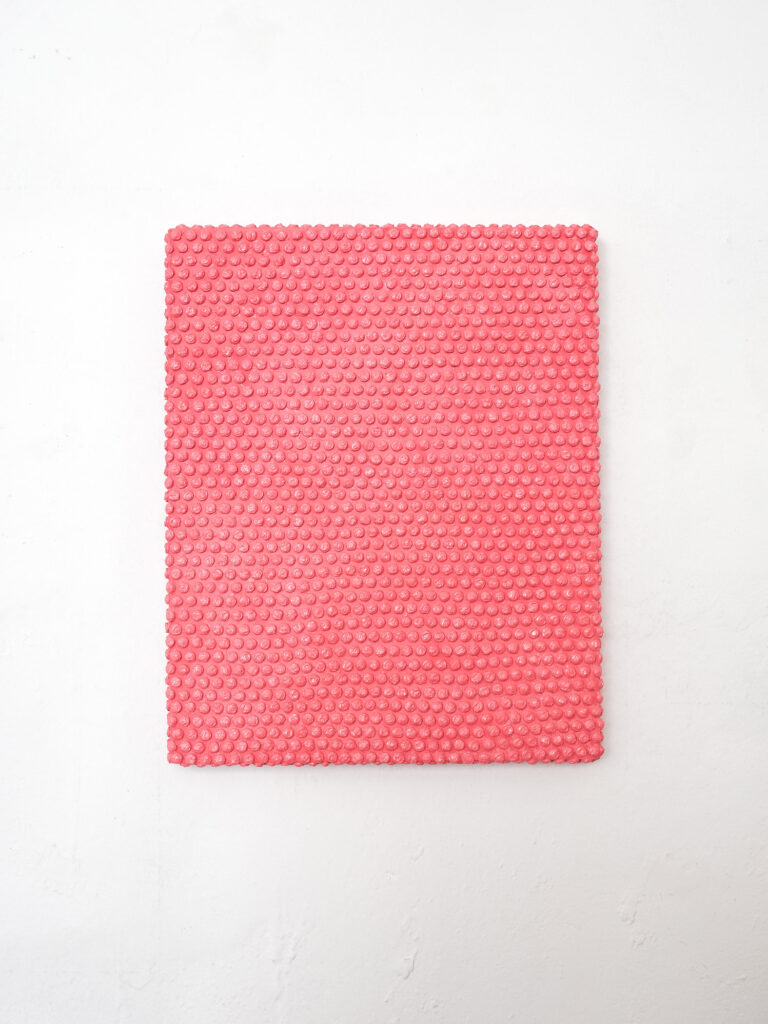
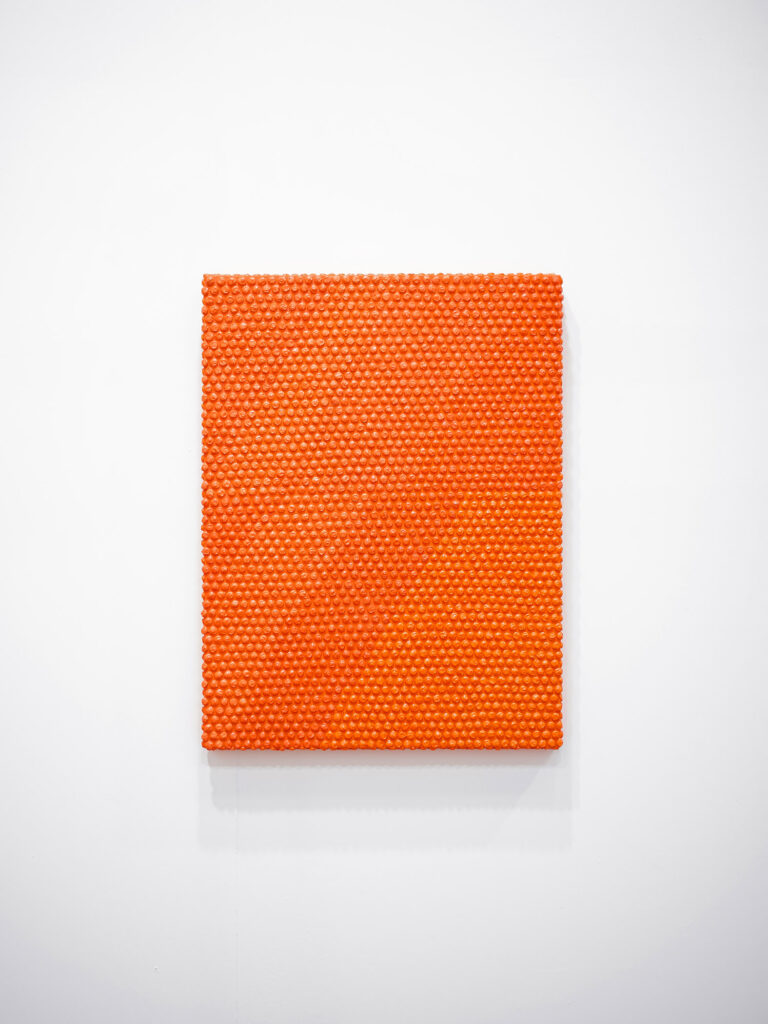
Matteo De Nando. Still Life, 2020. Oil on canvas, 18 x 13 cm. Courtesy the artist
Matteo De Nando. Pluriball, 2020. Oil on canvas, 50 x 40 cm. Courtesy the artist
Matteo De Nando. Pluriball (orange), 2022. Oil on canvas, 56 x 42 cm. Courtesy the artist
E.A.: Your works are characterised by different layers of meanings and interpretation, often proposing a synthesis of pop-inspired elements, references to art history, personal experience and a note of critique to the contemporary art system. What lies behind the painting Pluriball (Bubble Wrap)?
M.D.N.: It’s funny to think about the history of bubble wrap as a material: at first designed as wallpaper in the late 50s, as part of the first experimental approaches to plastic material, once realised the incompatibility of the material with the decorative function, bubble wrap became the packaging material par excellence.
With Pluriball I wanted to combine the decorative, aesthetic and functional natures of the material, proposing a methodical and rigorous manual process.
Pluriball stands as a personal cure for the overproduction and ceaseless search for the new in the art system. The work represents the idea of extreme commercialisation and the constant search for attention of the artist.
The purpose of Pluriball is not to give life to a personal and isolated reflection, matured in the anonymity of my studio, but rather to engage the outside world, the city and its never-ending events, the art exhibition system and the people. At the same time, however, Pluriball maintains its nature of contemplative work, an abstract space that fully absorbs the viewer.
The thickness of the paint stimulates the viewer to interact, having an enormous aesthetic and tactile potential: it often occurred that someone touched the works, crushing some bubbles. I like the idea that the viewer is driven to interact with the artwork in a sort of synesthesia, and I don’t necessarily take it as a violation of the rules, even if the work was not thought to be touched.
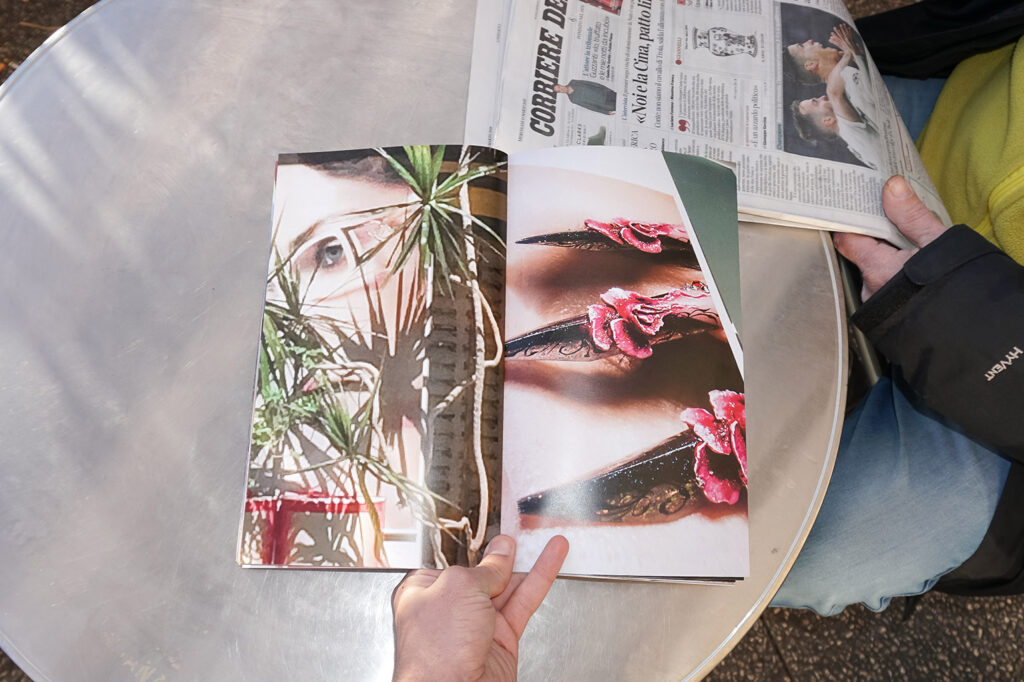
E.A.: Despite not being a well-known perspective of your research, you also work a lot with photography. How would you describe your relationship with the camera?
M.D.N.: It is a process that enables me to stay in and out of the contexts that I want to investigate. My relationship with photography was born with Tourism and Flesh, projects that were animated by a wanderer approach. Until then, photography had always been a preparatory element to painting and drawing and not something meant to be preserved and archived.
With Tourism I placed myself into an automatic and voyeuristic flow. The project developed in parallel with my Instagram profile, a personal narrative such as a self-portrait in continuous evolution, available to users in the digital community. The narrative displayed in this project tries to uproot itself from perfection, being as honest and sincere as possible, and giving space to the ephemeral of everyday life.
Through this close relationship with the phone and social media I developed a photographic gaze that was as amateurish and pragmatic as possible. The phone is a medium that forces you to be close to the reality you want to picture, and my photographs had to be rendered without filters: potentially dirty, blurred, dazzled by the flash, but still authentic and sincere. An amateurish approach also allows you to capture the atmosphere, going beyond the unreal suspension that characterises the digital world.
Over time my relationship with “leftovers” photography had become obsessive, and eventually more structured and less spontaneous, mainly because I already knew what to look for and what I wanted to photograph, just like tourists do on vacation.
When I shoot for Crates I am instead extremely clean, and the picture is much more composed. Sometimes I feel this as a limit: even if I really enjoy photographing for a determined purpose, the dynamics through which the shot itself is conceived are more structured and strict.
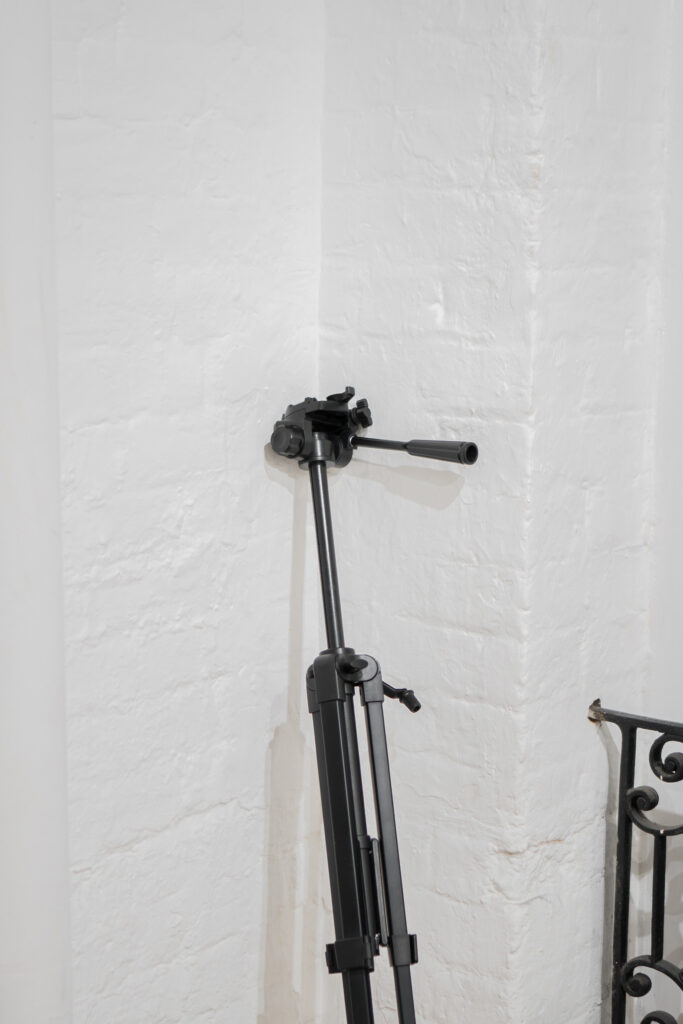
Matteo De Nando. Atlas (21944309ADJAL), 2022. Courtesy the artist
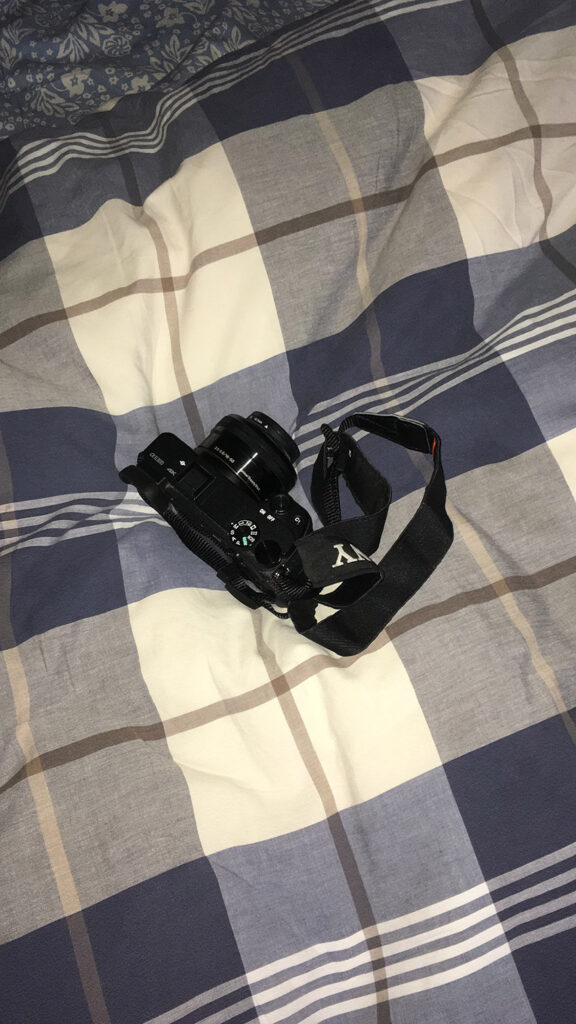
Matteo De Nando. Atlas (DA6B412C-42B7-42D6-8CA7-43A86B85F022), 2020. Courtesy the artist
E.A.: What does it mean to you to be an artist today?
M.D.N.: I have a lot of respect for the figure of the artist and it is not a role to be taken lightly. The artist’s presence is important, as someone that looks at things both from the inside and outside.
Artists are able to communicate the most intimate and profound aspects of things and situations, but they are also activators of contexts. Making art means creating a community, preserving culture and talking about the present to the future while taking care of the past.





